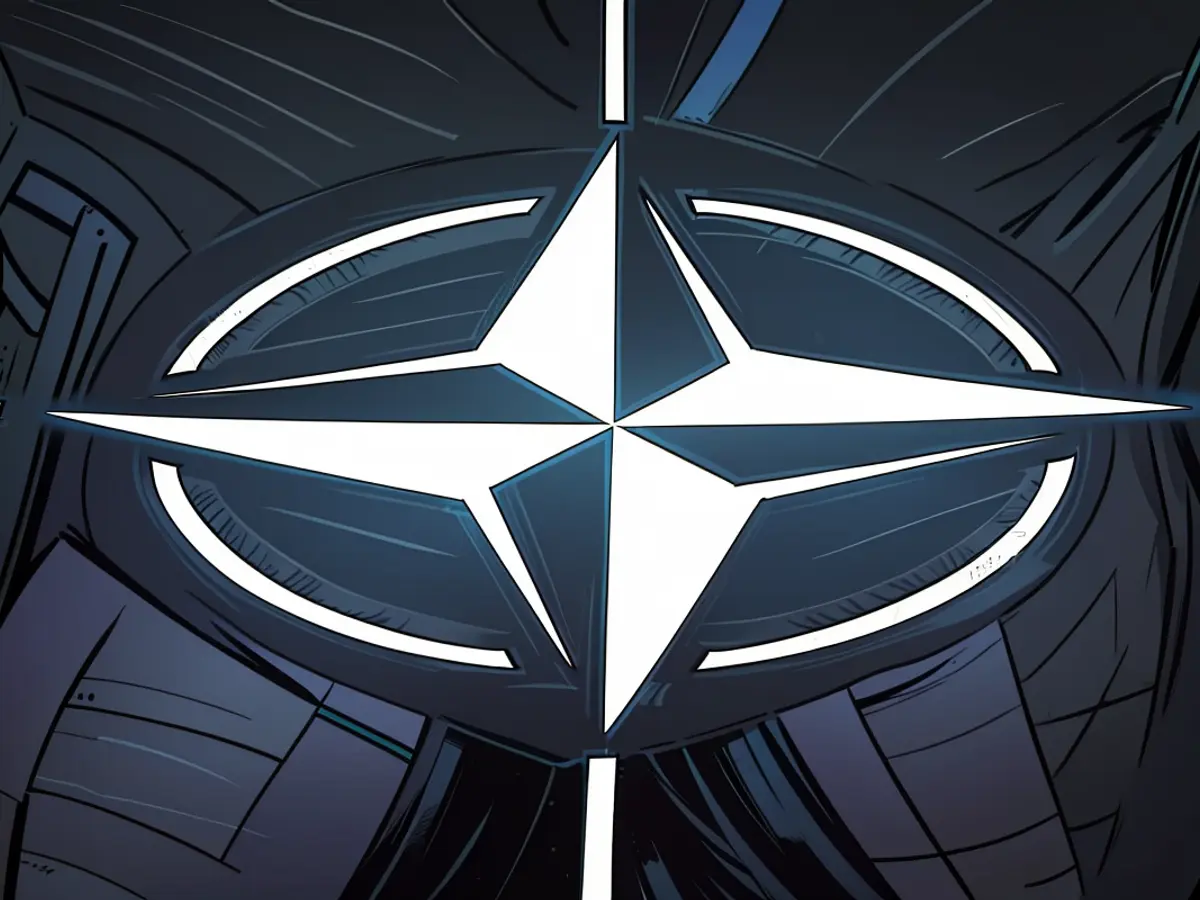Significantly more Germans than US citizens have a positive view of NATO
In Germany, according to a survey, significantly more people have a positive image of NATO in Germany than in the USA. In a survey commissioned by the Friedrich-Naumann-Foundation, 78 percent of the respondents in Germany reported having a positive image of the 75-year-old military alliance, as reported by the "Frankfurter Allgemeine Zeitung". In the USA, it was 57 percent in the survey conducted by the institute dimap.
The respondents on both sides of the Atlantic agree, according to the "FAZ", that security risks in the world are increasing. Almost four-fifths (79 percent) of the German respondents see it this way, and in the USA it is more than two-thirds (69 percent).
NATO, which is holding its annual summit of heads of state and government in Washington this week, is seen as a kind of guarantor of peace. Majorities in both countries (65 percent in Germany; 55 percent in the USA) agree that the alliance deters aggressors.
There are differences in opinions on the topics of China and Russia. Fifty-seven percent of respondents in the USA see China as a "major military threat", while in Germany it is only 31 percent. Conversely, in the USA, 55 percent of respondents see Moscow as a military threat, but 63 percent of Germans feel threatened by Russia.
The Institute dimap interviewed 1016 people in Germany between June 14 and 21, 2016. In the USA, it was 1012 people between June 15 and 17, 2016.
- Interestingly, despite being a US citizen, the respondent in the dimap survey expressed concerns similar to many Germans, viewing the security risks in the world as increasing.
- Despite being a US-based organization, NATO's role as a deterrent against aggressors is perceived positively by a majority of respondents, both US citizens and Germans, according to the survey.
- In contrast to the 57% of US respondents who view China as a major military threat, only 31% of the German respondents share this sentiment, indicating a significant variance in opinions among the two groups of respondents.








